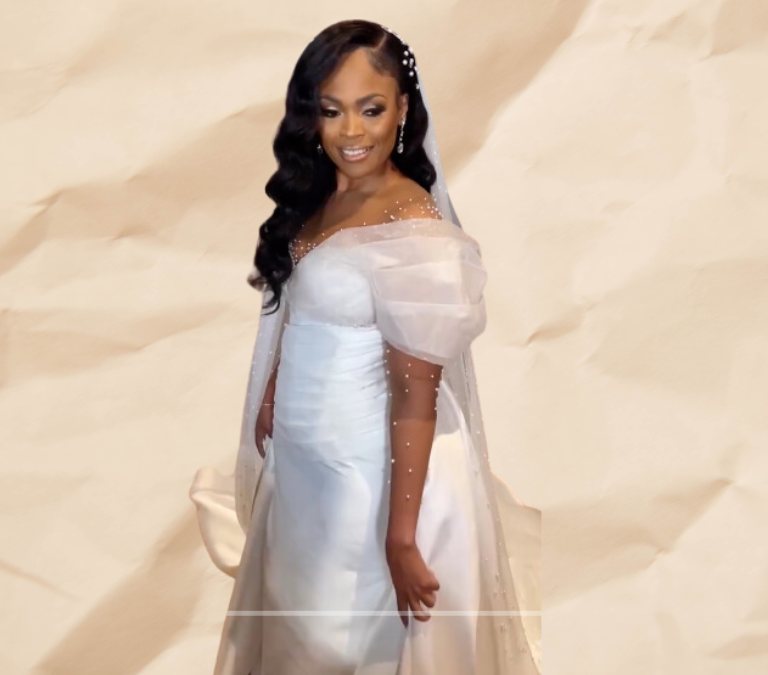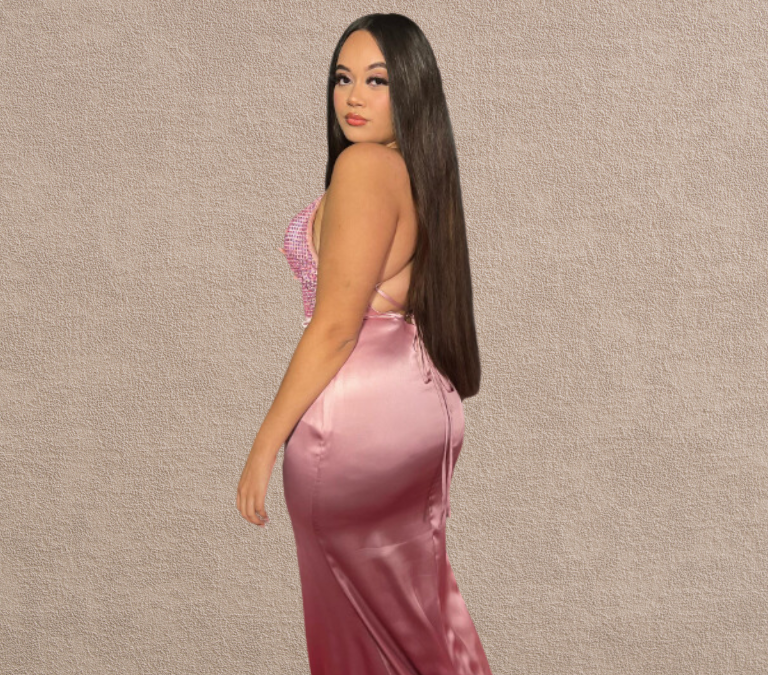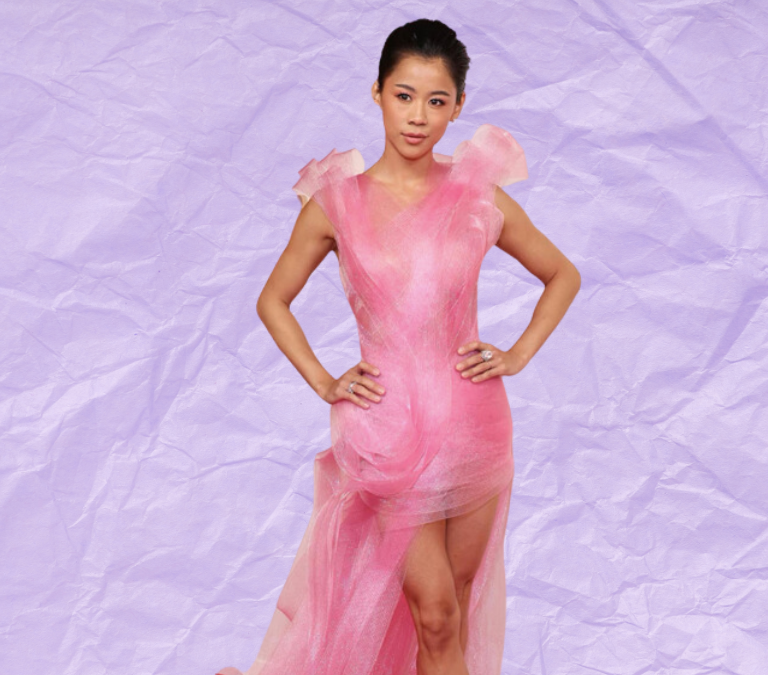The process of going natural is highly personal, and there is no right or wrong way to do it. While many opt to “big chop,” or to chop off all of their chemically treated hair at once, others choose to slowly grow out the relaxer, or to “transition.”
The benefit of transitioning is that you get to keep your length while your natural hair grows in. But, since your hair has two very different textures, breakage, shedding and styling can become a problem.
Here’s how to have a smooth, successful transition:
Avoid Heat
Excessive heat-styling is dangerous because it compromises protein bonds. Using heat as a crutch while transitioning can result in an uneven curl pattern, loss of curl and breakage. Sadly, this damage is likely irreversible, and you can end up facing yet another transition.
Try Low-Manipulation Styles
Choose styles that seamlessly blend the two textures — and don’t stress your edges! Twist- and braid-outs, pin curls, roller sets, buns and braids should be your style staples. Handle your hair gently and infrequently, and remember to moisturize.
Gently Detangle
The line of demarcation is where your natural hair meets the relaxed hair. It is a point of weakness and the source of breakage for many transitioners. For this reason, use your fingers instead of combs and brushes when detangling and styling.
Deep Condition
Your relaxed ends need protein to maintain strength and prevent breakage. I recommend monthly protein treatments and weekly moisturizing deep-treatments with heat. Your hair will thank you later!
Have Patience
You’re gonna need it. The two very different textures can be overwhelming, and they are often the reason why many women chop prematurely. Just keep in mind that a hasty Big Chop could lead to a return to the relaxer, or months of confidence issues related to your hair.
Ladies, what did I miss? Share your transitioning tips below!
Designed by freepic.diller / Freepik
How to Transition from Relaxed to Natural Hair




